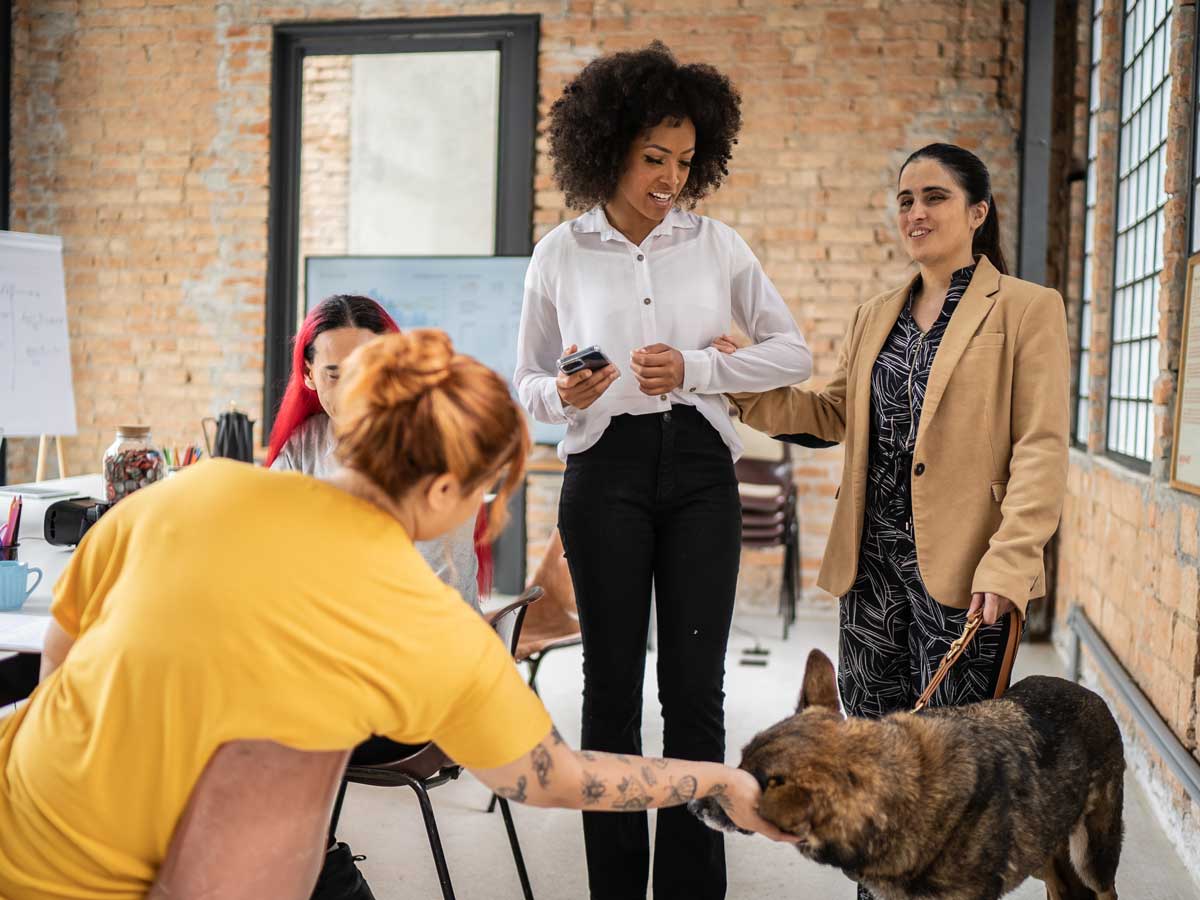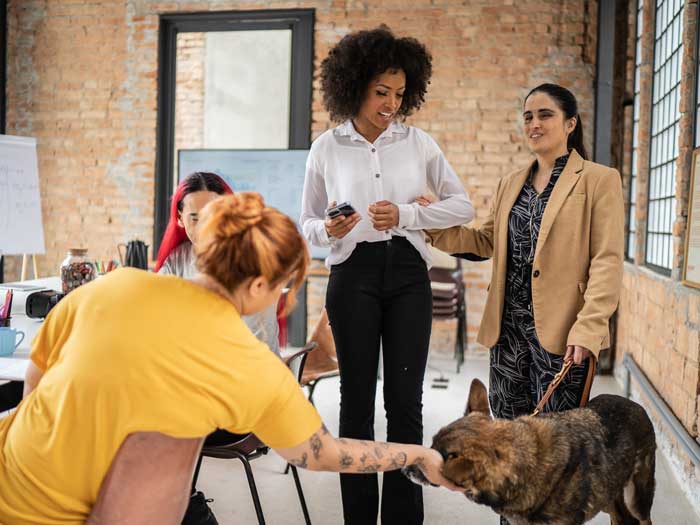
‘Having differing abilities is an advantage and what we are looking for’
 Tailored support is key for employees with a disability, avoiding a one-size-fits-all approach (Getty Images/FG Trade)
Tailored support is key for employees with a disability, avoiding a one-size-fits-all approach (Getty Images/FG Trade)
How companies recruit those with disabilities—both visible and invisible—is a priority, given the focus on mental health out of the pandemic and the recognition that disabilities span the physical, neurodiverse and episodic realms.
Adherence to Canada’s Employment Equity Act, Duty to Accommodate and province-specific accessibility compliance requires a much broader approach catering to unique and varying needs.
There’s no question that an inclusive workforce, one that includes employees with different abilities, is an advantage.
To harness the benefits offered by employees with disabilities—such as innovation and increased engagement—several big accounting firms are expanding their recruitment efforts, workplace policies and support networks. Here’s how they’re doing it.
1. EXPAND RECRUITMENT EFFORTS
We’re all familiar with the “we are an inclusive employer” disclaimer on job postings, but this alone will not adequately diversify your employee base.
To do so requires strategic efforts such as seeking external partnerships and recruitment support to find qualified candidates who identify as disabled and can enrich your workforce, says Gilary Guzman, strategist at Canadian Equality Consulting Inc. (CEC), a consulting firm that helps organizations build their DEI capacity.
“It’s the intentionality of how you communicate the job opening that will go a long way into diversifying your pool of applicants,” she says.
KPMG, for example, recently recognized as one of Canada’s Best Diversity Employers for the 15th year straight, partnered with a not-for-profit to create its neurodiversity program, which includes an adaptive recruitment process that describes “a day in the role” on all job postings and training instead of the traditional interview process.
- Feature: Building a strong network is key to success as a racialized person
- Feature: How to be an effective workplace ally
At PwC, the recruitment strategy includes campus outreach, targeted job fairs, alliances with external organizations, recruiter training and student internships. Its Connect: Ability program pairs interns who have a disability with a member of the Disability Caregivers Network or Professionals with Disabilities Network, who act as mentors.
At EY Canada, an accommodating hiring environment is fostered by offering various communications methods and training hiring managers to adapt to these different styles. “We are working hard to communicate that having differing abilities is an advantage and exactly what we are looking for,” says Muriam De Angelis, EY Canada’s diversity, equity and inclusion leader.
Though applicants may choose not to share that they have a disability, organizations must ensure candidates are aware that any specific requirements—such as assistive technology, service animals or accessible communications—can be accommodated at any point, adds Marcie Hawranik, president and founder of CEC.
“Organizations need to view disabilities from a strength-based perspective, while creating safe spaces for conversations so people feel comfortable sharing what they need to be successful,” she says.
2. PROVIDE TAILORED SUPPORT
Just as disabilities vary widely, so too does support required. Workplaces, therefore, must tailor accommodation to the individual, avoiding a one-size-fits-all approach, says Guzman.
“Many people place those with disabilities in a box. But how you accommodate them cannot be uniform,” she says. “You can have two employees with Autism Spectrum Disorder (ASD) and both will have different needs to succeed in their roles.”
At Deloitte, employees can customize their support, be it specific to technology, work scheduling or location, says Carole Mendonca, supporting author of Deloitte’s Accessibility Action Plan report.
- Feature: Reads that can take DEI initiatives to the next level
- Feature: ‘When someone needs a break, give them that time immediately’
Tailoring support is often dependent upon the employee’s openness to share that they have a disability and what those related needs are. This can present a challenge for organizations, says Peter Graham, partner, culture and people at Deloitte Canada.
“Some employees are not comfortable disclosing what they need,” he says. “Our hope is that by continuing to talk openly and honestly, not only will people feel comfortable coming forward but also recognize that our leaders and teams are capable of supporting them.”
3. FOSTER A SAFE SPACE WITH AWARENESS
Raising awareness is essential for “removing barriers and helping to create safe spaces”, says Hawranik.
“Every employee has a responsibility to each other to be a better neighbour, particularly to those with disabilities whether its invisible, visible, cognitive or physical,” she says.
Learning and development programs teach employees how they can support colleagues, while offering networking and allyship opportunities. Tips on how to hold inclusive meetings—such as providing assistive technology or materials, ensuring the location or facility is accessible and adapting the scheduling, if necessary—and using inclusive asset-based language such as avoiding antiquated or patronizing terms (handicapped, suffers from), offer valuable takeaways.
- Feature: ‘It’s critical to have diverse representation at the table’
- Feature: Fostering an inclusive workforce requires all hands on deck
At Deloitte Canada, its AccessAbility Network offers volunteer opportunities, workshops and thought leadership development to promote an accessible and inclusive culture. In response to the pandemic, mental health has also been the focus of panel discussions, awareness days and training.
“Our ultimate goal is to create a barrier-free, inclusive experience for people with disabilities, where everyone can fully participate and contribute to meaningful work,” says Graham.
At EY Canada, support is offered through the AccessAbilities™ People Resource Network (PRN), the Abilities Champion Network and the Neurodiversity Centers of Excellence (NCoE). These networks encourage relationship building, advocacy and allyship, while providing educational resources.
“It’s never the responsibility of the person who has the disability to educate those they work with,” says De Angelis. “It’s up to the people they’re working with to educate themselves.”